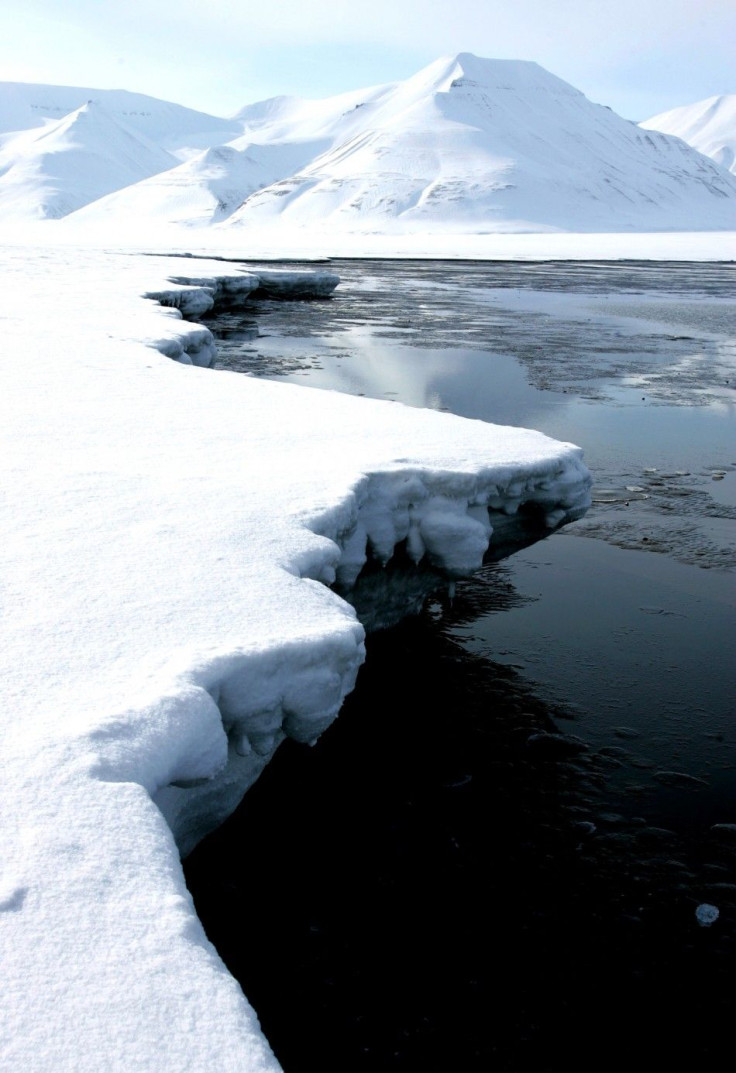Reports Disagree on Arctic Ice Coverage; Agree It’s Melting Faster Than Usual

Two separate reports recently confirmed ice covering the Arctic Ocean is melting at an alarmingly fast pace.
The reports come from the National Snow and Ice Data Center (NSIDC) and the University of Bremen in Germany. While they differ on whether the sea-ice coverage this year is lower than in 2007, they both agree that the Arctic ice is in deep trouble.
According to the NSIDC areas with 15 percent sea-ice totaled 1.68 million (2.68 kilometers) square miles, which is above 2007's 1.61 million (2.59 kilometers) square miles. Total, the NSIDC said there was 4.34 million square kilometers (1.68 million square miles) of Arctic Ice, which is 110,000 square kilometers (42,500 square miles) above the 2007 level on the same date.
The University of Bremen said the total area of 4.24 million (2.64 miles) square kilometers is worse than any other total ice coverage since 1972 when satellites started tracking the data.
The University uses an algorithm that uses high resolution information from the JAXA AMSR-E sensor on the NASA Aqua satellite. This method can detect small ice and open water that are not observed by other products. The NSIDC method uses the Special Sensor Microwave Imager/Sounder (SSMIS) sensor on the Defense Meteorological Satellite Program (DMSP) F17 satellite.
Either way, scientists say the continuous melting of the Arctic Ice is an indication that it is continuing its long-term decline. Global warming, scientists say, has played a huge part in the decline of the Arctic Ice.
This stunning loss of Arctic sea ice is yet another wake-up call that climate change is here now and is having devastating effects around the world, Shaye Wolf, climate science director at the Center for Biological Diversity's Climate Law Institute, said to journalists recently.
Compared to 1972, when the data was first being observed, the rate of decline is twice as fast. A recent assessment report by the Intergovernmental Panel on Climate Change indicated in 30-40 years, the Arctic could be largely ice free. The last time this happened? 125,000 years ago.
The sea ice retreat can no more be explained with the natural variability from one year to the next, caused by weather influence, stated Georg Heygster, head of the Institute's Physical Analysis of Remote Sensing Images Unit. Climate models show, rather, that the reduction is related to the man-made global warming which, due to the albedo effect, is particularly pronounced in the Arctic.
The melting ice caps could alter weather patterns according to various climate scientists. For instance, the US could suffer from more droughts. Animals are also in danger with the melting ice. Many polar bears, ice seals, walruses and other Arctic animals use that ice for survival.
Follow Gabriel Perna on Twitter at @GabrielSPerna
© Copyright IBTimes 2024. All rights reserved.





















